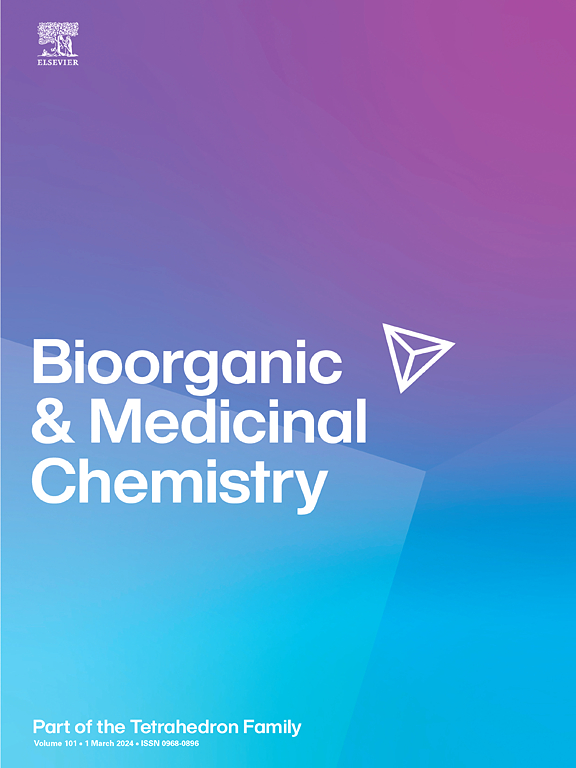Structural insights for peptide and small molecules based drug discovery targeting the KEAP1 Kelch domain: A review
IF 3
3区 医学
Q2 BIOCHEMISTRY & MOLECULAR BIOLOGY
引用次数: 0
Abstract
The KEAP1-Nrf2 pathway plays a pivotal role in redox homeostasis and cellular stress. Abnormal regulation of this pathway results in neurodegenerative diseases, including Alzheimer's Disease and Parkinson's Disease, cancer and diabetes. Targeting the KEAP1 Kelch domain presents a promising therapeutic strategy to regulate Nrf2 activity. Structural insights acquired from macromolecular crystallography have enabled the development of potent inhibitors disrupting the KEAP1-Nrf2 interaction. This article focuses exclusively on compiling studies of the 112 KEAP1 structures co-crystallized with peptides and small molecule ligands over the last 20 years, investigating interactions that govern inhibitory potency. After a thorough review, small molecule ligands have been classified according to their chemical structures, including naphthalene, isoquinoline, benzotriazole, pyrazole, and azabicyclic, along with their biological efficacies to investigate the decisive interactions at the orthosteric site. Among all the reported PDB records of KEAP1, hydrogen bonding, cation–π, π–π stacking, and salt-bridge interactions predominantly contribute to stabilizing protein-ligand complexes. These insights will pave the way for the design and development of selective peptide and small molecule-based ligands for regulating the KEAP1-Nrf2 pathway, providing breakthroughs for the management of various diseases.

针对KEAP1 Kelch结构域的肽和小分子药物发现的结构见解:综述
KEAP1-Nrf2通路在氧化还原稳态和细胞应激中起关键作用。该通路的异常调节导致神经退行性疾病,包括阿尔茨海默病、帕金森病、癌症和糖尿病。靶向KEAP1 Kelch结构域是调控Nrf2活性的一种有前景的治疗策略。从大分子晶体学中获得的结构见解使得开发出破坏KEAP1-Nrf2相互作用的有效抑制剂成为可能。本文专门对过去20年来与肽和小分子配体共结晶的112种KEAP1结构进行了研究,研究了控制抑制效力的相互作用。经过全面的综述,我们将小分子配体按照它们的化学结构进行分类,包括萘、异喹啉、苯并三唑、吡唑和氮杂环,并结合它们的生物功效来研究它们在正构位上的决定性相互作用。在所有已报道的KEAP1 PDB记录中,氢键、阳离子-π、π -π堆叠和盐桥相互作用主要有助于稳定蛋白质-配体复合物。这些发现将为设计和开发调节KEAP1-Nrf2通路的选择性肽和小分子配体铺平道路,为各种疾病的管理提供突破。
本文章由计算机程序翻译,如有差异,请以英文原文为准。
求助全文
约1分钟内获得全文
求助全文
来源期刊

Bioorganic & Medicinal Chemistry
医学-生化与分子生物学
CiteScore
6.80
自引率
2.90%
发文量
413
审稿时长
17 days
期刊介绍:
Bioorganic & Medicinal Chemistry provides an international forum for the publication of full original research papers and critical reviews on molecular interactions in key biological targets such as receptors, channels, enzymes, nucleotides, lipids and saccharides.
The aim of the journal is to promote a better understanding at the molecular level of life processes, and living organisms, as well as the interaction of these with chemical agents. A special feature will be that colour illustrations will be reproduced at no charge to the author, provided that the Editor agrees that colour is essential to the information content of the illustration in question.
 求助内容:
求助内容: 应助结果提醒方式:
应助结果提醒方式:


